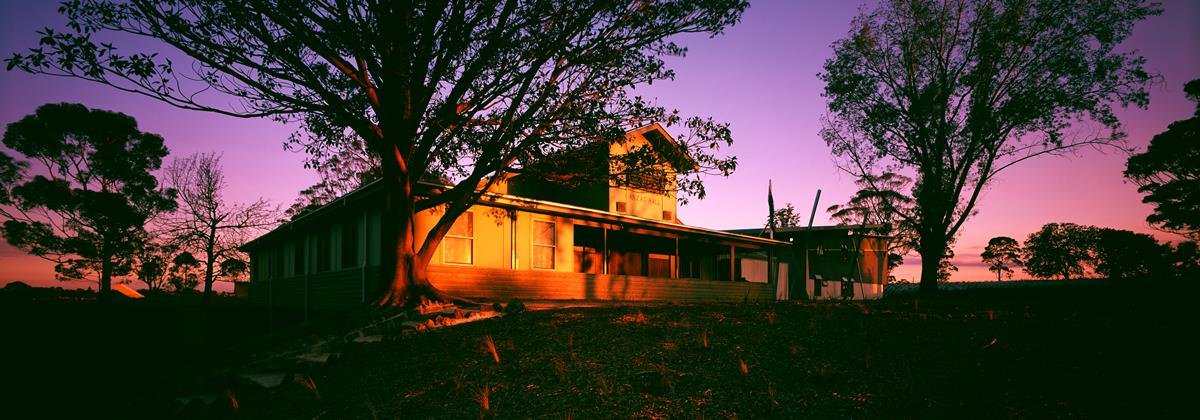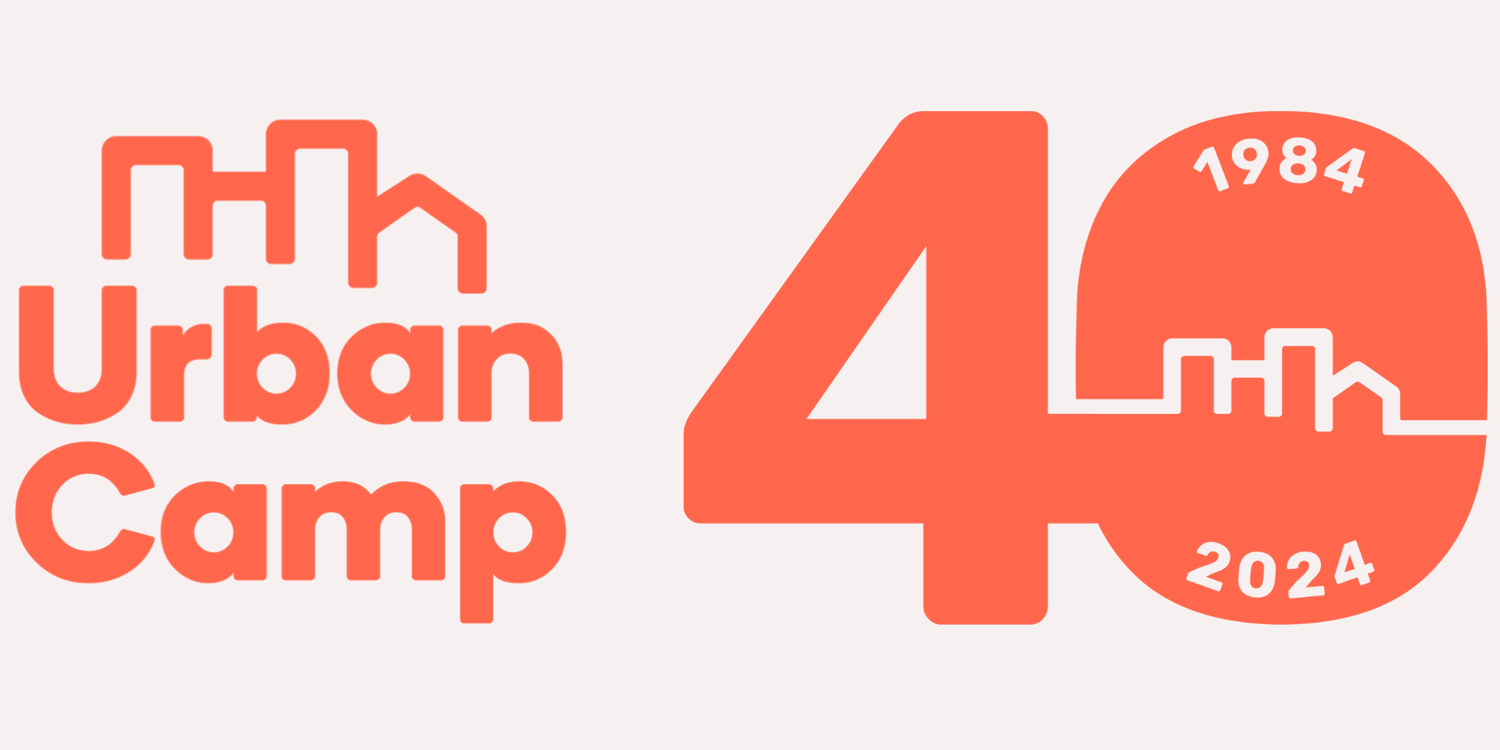
History of the Camp
Urban Camp is nestled in Royal Park and has quite the story to tell.
Traditional owners
Royal Park is situated on the land of the Wurundjeri people and was an important Aboriginal camping ground. The Kulin name for the park is Quor-nóng,
Explore this interactive map created by traditional owners, the Wurundjeri Woi-Wurrung and Boon Wurrung/Bunurong, with the City of Melbourne to learn about places of Aboriginal historical and cultural significance in the area.
Colonial history
In 1860, Burke and Wills set out from Royal Park to cross the continent from the south to the north. A cairn near Macarthur Road marks the departure point of their ill-fated mission.
In 1861, the Zoological and Acclimatisation Society moved to Royal Park. Twelve and a half hectares have belonged to the Zoological Gardens ever since.
Camp Pell
Urban Camp stands in an area of Royal Park which in 1941 was known as Camp Pell. The camp was used by American troops stationed in Australia. Troops slept under canvas on army stretchers, cooking facilities were limited and there was no running water. The gatehouse (which remains) established camp security.
In August 1941, Anzac Hall was built for the RSL as a cinema, lecture, and recreation hall. Soldiers enjoyed sports matches of baseball, cricket, and football on the site. Camp Pell was decommissioned in December 1945 as the Americans returned home with the war in the Pacific officially over.
Interestingly, the American troops had as their camp mascot, Buddy the Galah. Buddy was trained to answer the office phone and provided much amusement. Can you imagine?
Post-War Years
In the post-war years, Camp Pell was used by the Housing Commission for emergency housing. In 1946, 3,000 people were moved for what was meant to be one year. The last inhabitants moved out in 1956 – after ten years of living in hardship and poverty. There’s no wonder the camp became known as Camp Hell.
In 1956, Royal Park was returned to public parkland in time for the 1956 Melbourne Olympic Games. Anzac Hall was the only building left behind and was left unused from 1956 to 1970 as Royal Park became an almost forgotten area in Melbourne. Thankfully, although some thought Anzac Hall should be demolished, Kensington High School teachers gained permission from the City of Melbourne to refurbish the hall for educational use.
Urban Camp Opens
Urban Camp opened in 1984 when teachers from Kensington Community School suggested using ANZAC Hall as a community camp accommodation for country visitors to the city. Funds were obtained from the Federal Government for the employment of staff and a lease was organised through the City of Melbourne.
In 1987 facilities were improved and extended to bring an increase of visitors to the camp. The redevelopment preserved the heritage values of the camp buildings and enhanced the natural assets of the surrounding parkland. Further extensive rebuilding took place from 1998 to 2002 including a refurbishment of ANZAC Hall and the construction of the North Wing with its two-storey dormitory section.
In 2000 Anzac Hall was put on the Victorian Heritage Register as significant.
40th anniversary - 2024
Urban Camp celebrates 40 years and has become an extremely popular and much-loved camp – often booked out years in advance by returning clientele. From difficult beginnings, The Camp now operates as a thriving community-owned enterprise.






